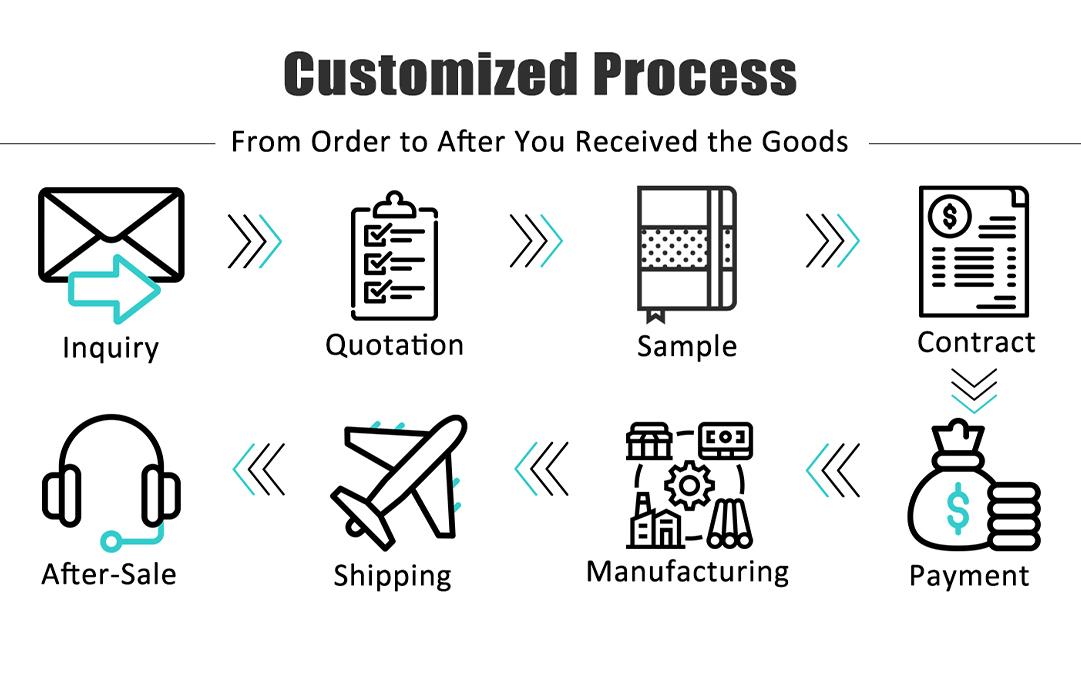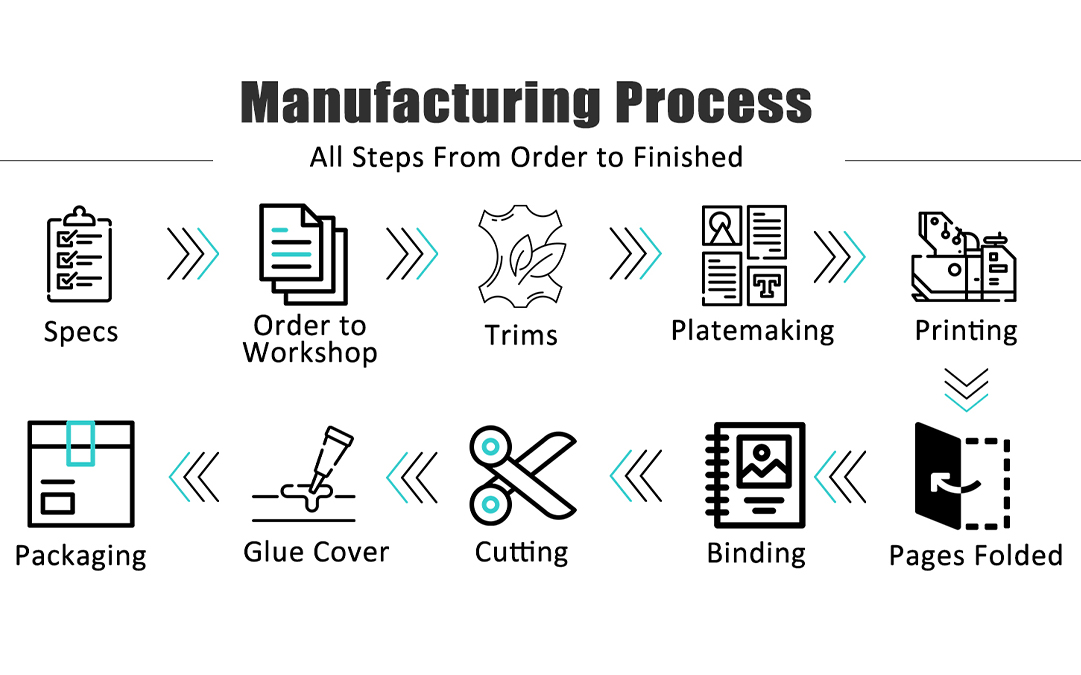Achieving High-Quality Notebook Printing: Top 10 Techniques for Exceptional Results
In today’s competitive market, achieving high-quality results in notebook printing is crucial for businesses and individuals alike. Whether you’re producing marketing materials, packaging, or personal projects, selecting the right printing technique can make all the difference in the final outcome. In this article, we’ll explore ten printing techniques renowned for their ability to deliver exceptional quality and discuss their unique advantages.
1. Offset Printing for Notebook Printing
Offset printing is a traditional technique that delivers high-quality results by transferring ink from a plate to a rubber blanket, then onto the printing surface. Its precise color reproduction and sharp detail make it a cornerstone of high-quality printing. Offset printing ensures consistent, vibrant colors and sharp details, making it ideal for large print runs and projects requiring consistent colors, such as magazines and brochures.
Advantages:
- High-quality, consistent results
- Ideal for large print runs
- Precise color reproduction
2. Digital Printing
Digital printing offers flexibility and cost-effectiveness for high-quality printing. It eliminates the need for plates, making it suitable for short print runs and variable data printing. With advancements in technology, digital printers can now achieve exceptional color accuracy and sharpness, rivaling traditional offset printing.
Advantages:
- Cost-effective for short print runs
- Excellent color accuracy and sharpness
- Ideal for personalized prints
3. Letterpress Printing
Letterpress printing creates a tactile and elegant finish by pressing inked plates onto paper. This technique produces deep impressions and rich textures, perfect for luxury invitations, business cards, and stationery. Its timeless appeal and artisanal quality make it a preferred choice for specialty printing projects.
Advantages:
- Tactile, elegant finish
- Ideal for luxury and specialty items
- Creates deep impressions and rich textures
4. Gravure Printing
Gravure printing excels in producing high-quality images with smooth gradients and fine details. It utilizes engraved cylinders to transfer ink onto the printing substrate, making it suitable for long print runs and packaging materials like labels and flexible packaging.
Advantages:
- High-quality image reproduction
- Smooth gradients and fine details
- Suitable for long print runs
5. Screen Printing
Screen printing is renowned for its versatility and ability to print on various surfaces, including paper, fabric, and metal. This technique involves using a mesh screen to transfer ink onto the substrate, resulting in vibrant colors and durability. It’s commonly used for posters, apparel, and promotional items.
Advantages:
- Versatile for multiple surfaces
- Vibrant colors and durable prints
- Ideal for posters, apparel, and promotional items
6. Flexographic Printing
Flexographic printing is a popular choice for packaging and label printing due to its speed and efficiency. It utilizes flexible relief plates and fast-drying inks to produce consistent and high-quality prints on a wide range of substrates, including plastics and cardboard.
Advantages:
- Fast and efficient
- Consistent quality
- Suitable for various substrates
7. Embossing and Debossing
Embossing and debossing add dimension and sophistication to printed materials by creating raised or recessed patterns. These techniques enhance the tactile experience and visual appeal of products such as business cards, book covers, and packaging.
Advantages:
- Adds texture and sophistication
- Enhances tactile experience
- Ideal for luxury printed materials
8. Foil Stamping
Foil stamping adds a luxurious and metallic finish to printed materials by applying a thin layer of foil onto the substrate using heat and pressure. This technique creates eye-catching accents and highlights, making it popular for premium packaging, invitations, and corporate collateral.
Advantages:
- Luxurious metallic finish
- Eye-catching accents
- Ideal for premium materials
9. UV Printing Notebook Printing
UV printing utilizes ultraviolet light to cure inks instantly, resulting in vibrant colors, sharp details, and enhanced durability. It’s suitable for a wide range of substrates, including plastics, glass, and metal, making it ideal for signage, point-of-sale displays, and promotional items.
Advantages:
- Instant ink curing
- Vibrant colors and sharp details
- Suitable for various substrates
10. Color Management and Prepress Notebook Printing
Achieving high-quality results also depends on effective color management and prepress processes. Proper calibration of equipment, color profiling, and file preparation ensure accurate color reproduction and consistency across different printing techniques, maximizing the visual impact of printed materials.
Advantages:
- Ensures accurate color reproduction
- Consistency across printing techniques
- Maximizes visual impact
In conclusion, selecting the right printing technique is paramount to achieving high-quality results in print projects. Whether you prioritize color accuracy, texture, or durability, there’s a printing method suited to your needs. By understanding the unique advantages of each technique, you can make informed decisions that elevate your printed materials to new heights of excellence.
Contact Us: Ms. Rimo Lau WhatsApp Me
Whatsapp: 0086 18336352791 – WeChat&Phone
Website: www.fullcolorprintstationery.com
E-Mail: [email protected]






One Comment
[…] What printing techniques are ideal for achieving high-quality results? […]